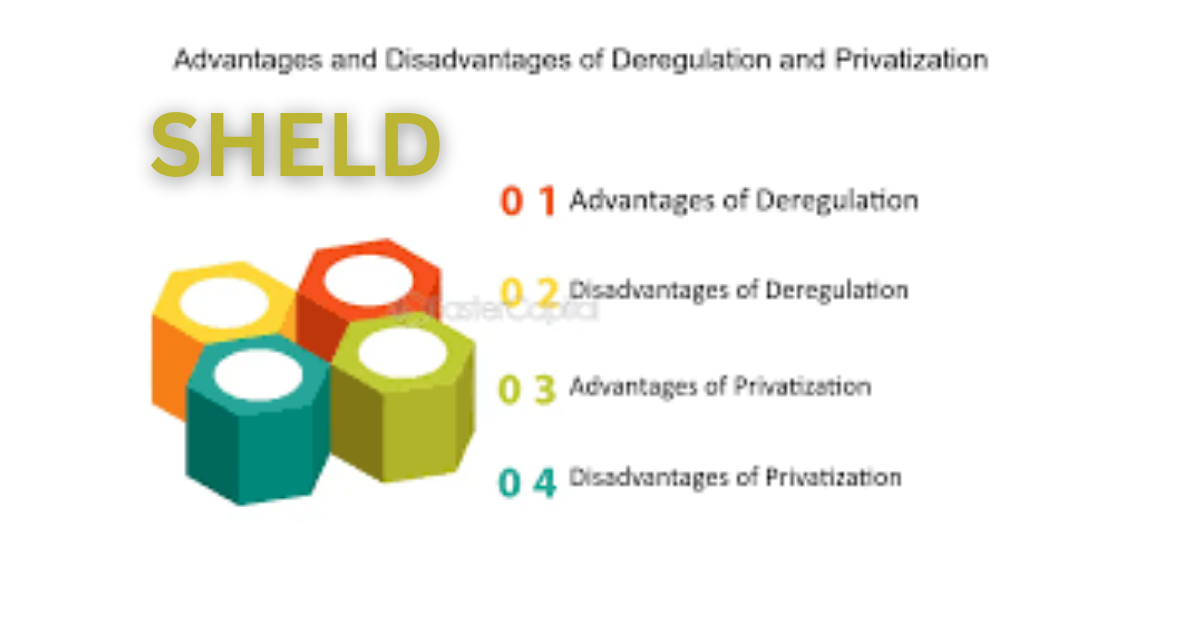Introduction
Mergers and acquisitions (M&A) represent one of the most significant forms of corporate restructuring, reshaping industries, and altering market dynamics. From a legal and economic perspective, M&A transactions are more than financial maneuvers—they influence competition, efficiency, innovation, and consumer welfare. Regulators, scholars, and business leaders alike have long debated the optimal balance between allowing firms the freedom to combine resources and preventing excessive market concentration. This article examines the law and economics of M&A, exploring motivations, regulatory frameworks, economic impacts, and contemporary challenges.
Understanding Mergers and Acquisitions
- Mergers: The combination of two or more firms into a single entity, often to achieve synergies, economies of scale, or strategic advantages.
- Acquisitions: The purchase of one firm by another, where the acquiring firm gains control of the target company’s assets and operations.
While both serve as mechanisms for corporate growth, they raise complex legal and economic issues concerning market structure and competition.
Motivations Behind M&A
- Economies of Scale and Scope
Firms pursue M&A to reduce costs by spreading fixed expenses across larger outputs or by integrating complementary operations. - Market Power
Acquisitions may grant firms greater control over pricing, supply chains, or distribution channels. - Innovation and R&D
Combining resources can accelerate innovation, enabling firms to pool intellectual property and technological expertise. - Diversification
M&A allows firms to enter new markets, diversify revenue streams, and reduce dependence on a single sector. - Financial Synergies
Well-capitalized firms may acquire financially constrained firms to unlock value through improved management or access to capital.
Legal Framework of M&A
- Antitrust and Competition Law
Competition authorities, such as the U.S. Federal Trade Commission (FTC) and the European Commission, scrutinize M&A deals to prevent anti-competitive concentrations. - Securities Law
Acquisitions involving public companies are regulated by securities laws that ensure transparency, fair disclosures, and protection of shareholder rights. - Corporate Law
Internal governance rules dictate board approval, shareholder voting, and fiduciary duties during M&A transactions. - Labor and Employment Law
Mergers often impact employment contracts, pensions, and collective bargaining agreements. - International Law
Cross-border M&A requires compliance with multiple jurisdictions, creating complex regulatory hurdles.
Economic Effects of M&A
- Efficiency Gains
Successful mergers can reduce costs, increase productivity, and improve consumer welfare through better products and lower prices. - Market Concentration
Poorly regulated M&A can create monopolistic or oligopolistic structures, leading to higher prices and reduced consumer choice. - Impact on Innovation
M&A can both stimulate innovation (through resource consolidation) and suppress it (by eliminating competitive threats). - Labor Market Effects
Consolidation often leads to job redundancies, though it may also create new opportunities in growing sectors. - Shareholder Value
While some mergers create long-term value, many fail to achieve expected synergies, raising concerns about managerial motives.
Case Studies
- Exxon-Mobil Merger (1999)
One of the largest mergers in history, it created a global energy giant. Regulators imposed divestitures to address competition concerns. - Facebook’s Acquisition of Instagram (2012)
Initially approved without significant scrutiny, this acquisition has since raised concerns about the suppression of potential competitors in digital markets. - Bayer-Monsanto Merger (2018)
This agrochemical merger faced intense regulatory review due to its impact on global agriculture, highlighting the challenges of balancing innovation with market concentration.
Challenges in M&A Regulation
- Dynamic Markets
In fast-moving industries like technology, predicting future competition effects of M&A is difficult. - Globalization
Cross-border deals complicate enforcement, requiring international coordination among regulators. - Private Equity and Leveraged Buyouts
Private equity-driven acquisitions often raise concerns about financial engineering, short-termism, and long-term sustainability. - Killer Acquisitions
Large firms may acquire innovative startups not to integrate but to eliminate potential future competition.
Policy Considerations
- Stricter Merger Review Standards
Regulators may need to apply stricter scrutiny to ensure that innovation and competition are preserved. - Post-Merger Monitoring
Continuous oversight helps ensure that promised efficiencies materialize and market power is not abused. - Encouraging Pro-Competitive Mergers
Not all M&A is harmful. Policies should distinguish between anti-competitive consolidation and efficiency-driven transactions. - Balancing Shareholder and Stakeholder Interests
Policymakers must account for broader economic and social impacts, including labor markets and innovation ecosystems.
Conclusion
Mergers and acquisitions lie at the intersection of law, economics, and corporate strategy. While they can deliver efficiency gains and innovation, they also carry the risk of excessive concentration and reduced competition. Effective regulation requires a nuanced understanding of industry dynamics, global markets, and long-term consumer welfare. In the digital age, where data and platform dominance amplify the effects of consolidation, regulators must strike a careful balance between encouraging growth and preventing harm. The law and economics of M&A thus remain central to shaping modern economies, guiding corporate strategies, and protecting the competitive fabric of markets.




